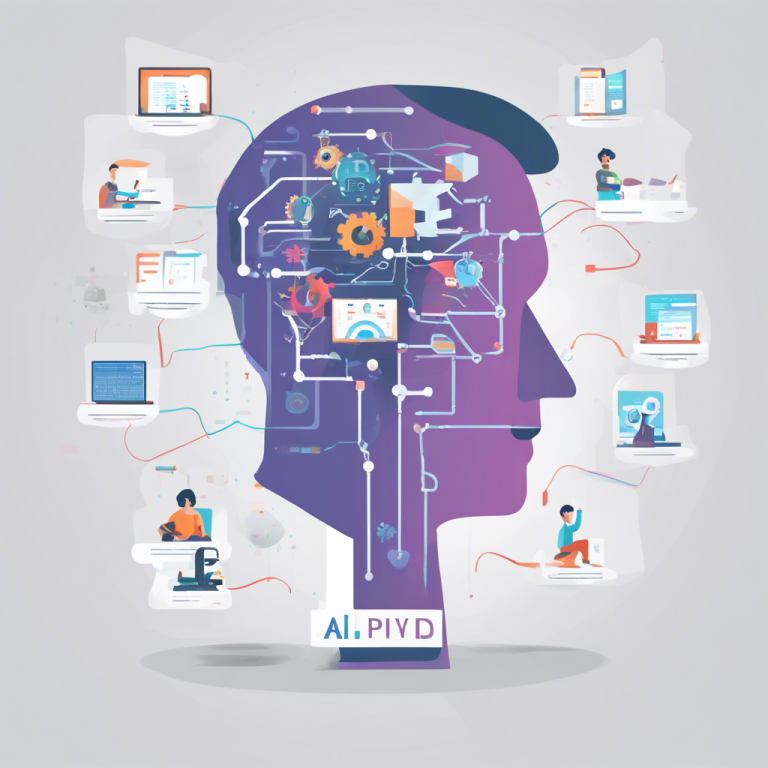
Discover the power of AI content generation for technical writers and how it can revolutionize the way technical documents are created.
Understanding AI Content Generation
AI content generation refers to the use of artificial intelligence technologies to automatically produce written content. It involves training AI models on large amounts of data and then using those models to generate human-like text. This technology has the potential to greatly assist technical writers in their work.
By understanding how AI content generation works, technical writers can leverage its capabilities to improve their productivity and enhance the quality of their writing. It is important to have a clear understanding of the underlying AI algorithms and techniques to effectively utilize AI content generation in technical writing.
Benefits of Using AI for Technical Writing
There are several benefits of using AI for technical writing:
1. Increased Efficiency: AI content generation can significantly speed up the writing process by automatically generating drafts or suggesting relevant content.
2. Improved Accuracy: AI algorithms can analyze large amounts of data and provide accurate information, reducing the chances of errors in technical documents.
3. Consistency: AI-generated content can ensure consistency in tone, style, and terminology throughout technical documents.
4. Enhanced Creativity: AI can assist technical writers in brainstorming ideas and generating unique content.
Overall, AI can help technical writers streamline their workflow, save time, and produce high-quality technical documents.
Best Practices for Implementing AI in Technical Writing
To effectively implement AI in technical writing, consider the following best practices:
1. Understand the Tools: Familiarize yourself with the AI content generation tools available in the market. Research and choose the ones that best suit your specific requirements.
2. Train the AI Model: If you have access to AI training capabilities, train the AI model on relevant technical writing data to improve its accuracy and relevance.
3. Evaluate and Edit: Always review and edit the AI-generated content before finalizing it. AI can provide a starting point, but human input is necessary to ensure the content meets the desired standards.
4. Continuously Improve: Regularly update and refine the AI model based on feedback and evolving requirements. AI content generation is an ongoing process that requires continuous improvement.
By following these best practices, technical writers can effectively integrate AI content generation into their workflow and optimize its benefits.
Challenges and Limitations of AI Content Generation
While AI content generation offers numerous advantages, there are also challenges and limitations to consider:
1. Quality Control: AI-generated content may sometimes lack the human touch and may require extensive editing and quality control to meet the desired standards.
2. Training Data Limitations: AI models heavily rely on training data. If the training data is biased or incomplete, it can affect the accuracy and relevance of the generated content.
3. Domain-specific Knowledge: AI models may struggle with understanding complex technical concepts and terminology. Technical writers need to provide domain-specific knowledge to guide the AI in generating accurate content.
4. Ethical Considerations: AI content generation raises ethical concerns such as plagiarism and copyright infringement. Technical writers must ensure that the AI-generated content is original and properly attributed.
With a thorough understanding of these challenges and limitations, technical writers can adeptly navigate the realm of AI content generation, taking proactive measures to address any potential risks that may arise.
Future Trends in AI Content Generation for Technical Writers
The field of AI content generation is rapidly evolving, and there are several future trends to watch out for:
1. Improved Language Understanding: AI models are expected to become better at understanding context, nuances, and domain-specific jargon, leading to more accurate and relevant content generation.
2. Customization and Personalization: AI content generation tools will likely offer more customization options, allowing technical writers to tailor the output to their specific needs and target audience.
3. Collaboration between AI and Human Writers: AI will increasingly work in tandem with human writers, augmenting their capabilities and assisting in content creation.
4. Ethical Guidelines and Regulations: As AI content generation becomes more prevalent, there will be a need for ethical guidelines and regulations to ensure responsible and fair usage of AI-generated content.
By staying updated with these future trends, technical writers can adapt their skills and workflows to leverage the latest advancements in AI content generation.
